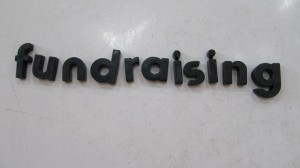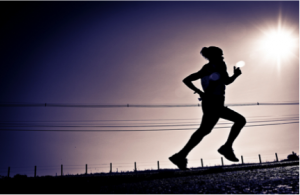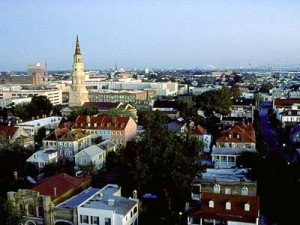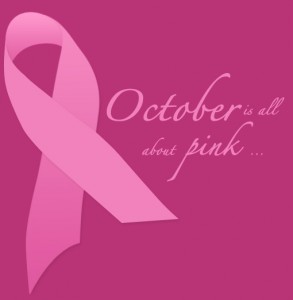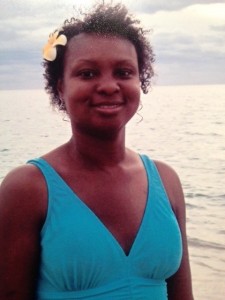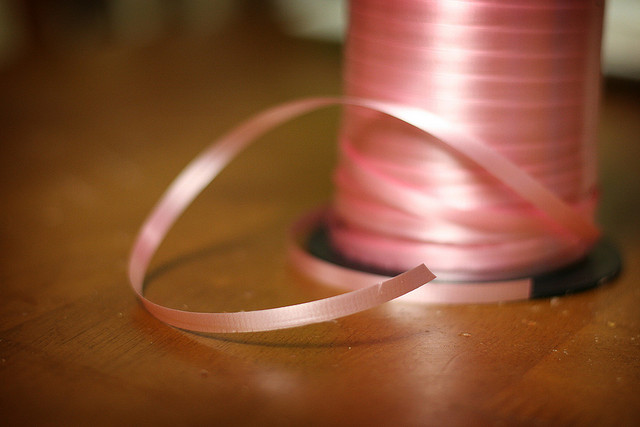
Because October is Breast Cancer Awareness Month, we want to highlight the significance of this serious illness. Below you’ll find a list of 10 facts about breast cancer.
This post pairs well with our 10 Breast Cancer Fundraising Ideas post. If you want to raise money for awareness, the ideas we shared in that post will help get you started.
Now let’s go over these very important facts:
1. About 1 in 8 women born today in the United States will get breast cancer at some point. The bright side of this is women can survive breast cancer if it’s found and treated early. How? With a mammogram — the best screening test to detect signs of breast cancer.
2. Breast cancer is the most commonly diagnosed cancer in women. Each year it is estimated that over 220,000 women in the United States will be diagnosed with breast cancer.
3. Breast cancer is the second leading cause of death among women. It is estimated that over 40,000 women will die from breast cancer every year.
4. Men get breast cancer, too. Although breast cancer in men is rare, an estimated 2,150 men will be diagnosed with breast cancer and approximately 410 will die each year.
5. Breast cancer rates vary by ethnicity. Rates are highest in non-Hispanic white women, followed by African American women. They’re lowest among Asian/Pacific Islander women.
6. Genetics have a role in breast cancer. Breast cancer risk is approximately doubled among women who have one first-degree relative (mother, sister, or daughter) with the disease. On the other hand,more than 85 percent of women with breast cancer have no family history.
7. Breast cancer risk increases as you get older. Even though breast cancer can develop at any age, you’re at greater risk the older you get. For women 20 years of age, the rate is 1 in 1,760. At 30, it significantly jumps to 1 in 229. At 50, it’s 1 in 29.
8. It’s the most feared disease by women. Yet, breast cancer is not as harmful as heart disease, which kills 4 to 6 times the amount of woman than breast cancer.
9. The majority of breast lumps women discover are not cancer. But you should still visit your doctor anyway, even though 80% are benign.
10. There is so much HOPE! There are currently more than 2.5 million breast cancer survivors in the United States alone — and this number continues to climb each year.
It’s important to understand the facts about breast cancer, and learn how you can support loved ones and friends who are suffering from this illness, or have been affected by it. To learn more about breast cancer, you can download a PDF about the last 2013-2014 breast cancer facts from cancer.org.
To learn more about our mission, our practice, and our team, start here and meet our doctors.


